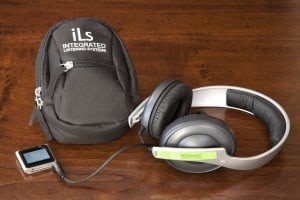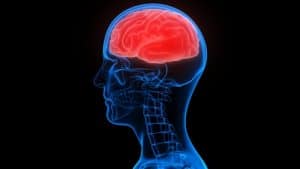Traumatic brain injury (TBI) can have a wide range of symptoms that can affect your health and general well being. iLs has proven successful at helping victims of TBI address the symptoms and improve cognitive function.
Two types of brain injuries
A head injury can be either traumatic or acquired.
- Traumatic brain injuries occur when an external force is in play, like a car accident or falling and hitting your head.
- Acquired brain injuries occur when something internal causes brain trauma, like a blood clot or a stroke.
Both come with a variety of symptoms that can have a deep impact on a person’s mental, physical, and emotional health.
Mild Traumatic Brain Injury and iLs
iLs conducted a case study featuring J, a 52-year-old man diagnosed with Mild Traumatic Brain Injury (MTBI) due to two car accidents. Since the second car accident, our subject was unable to return to work due to cognitive deficits brought on by MTBI. J presented with several symptoms:
- Attention deficits
- Memory problems
- Unable to write simple letters/emails concisely
- Poor visual motor skills
- Poor organizational skills
- Poor physical, visual, and auditory endurance
- Fatigue
- Mood swings
Despite being physically able and several years in rehabilitation, as well as receiving skilled therapies after the first accident, including Physical Therapy, Occupational Therapy, and Speech Therapy, the subject was still unable to return to work.

Our integrated listening programs can help improve cognitive function after a traumatic brain injury.
iLs programs used for traumatic brain injury
We asked J to complete two iLs programs. The first was the iLs Concentration/Attention Program (40 sessions), which was completed both at the clinic and at home.
Once he completed this program, our subject began his second iLs program Reading & Auditory Processing (40 sessions), which was conducted as a home program only.
Results from iLs programs
After completing both programs, both J and his wife saw great improvements in his ability to socialize, prioritize tasks, and be more patient and considerate of those around him. With improved cognitive function, his family relationships also saw improvement.
After his 2nd iLs program, J scored in the normal range on all sub-tests. Most significant improvement was made with the sub-test Competing Words Direct Ear, a diagnostic test that assesses the ability to process competing speech signals by presenting monosyllabic word to each ear simultaneously. His pre-iLs score was in the 5th %.
Post-iLs program one was 16th %, post-iLs program two was 75th %. The functional significance of this improvement is important as it means he is now able to carry on a conversation in a restaurant, listen to a TV with others in the room talking, attend a work meeting with multiple conversations going on, etc.
After the iLs programs, J claimed he felt like a cloud had lifted. He noted that his brain was clearer, and he was able to perform simple day-to-day tasks again. He is even learning to play the guitar.
To learn more about how our multisensory programs have helped victims of TBI, click here.




 © 2025 Unyte Health US Inc.
© 2025 Unyte Health US Inc.